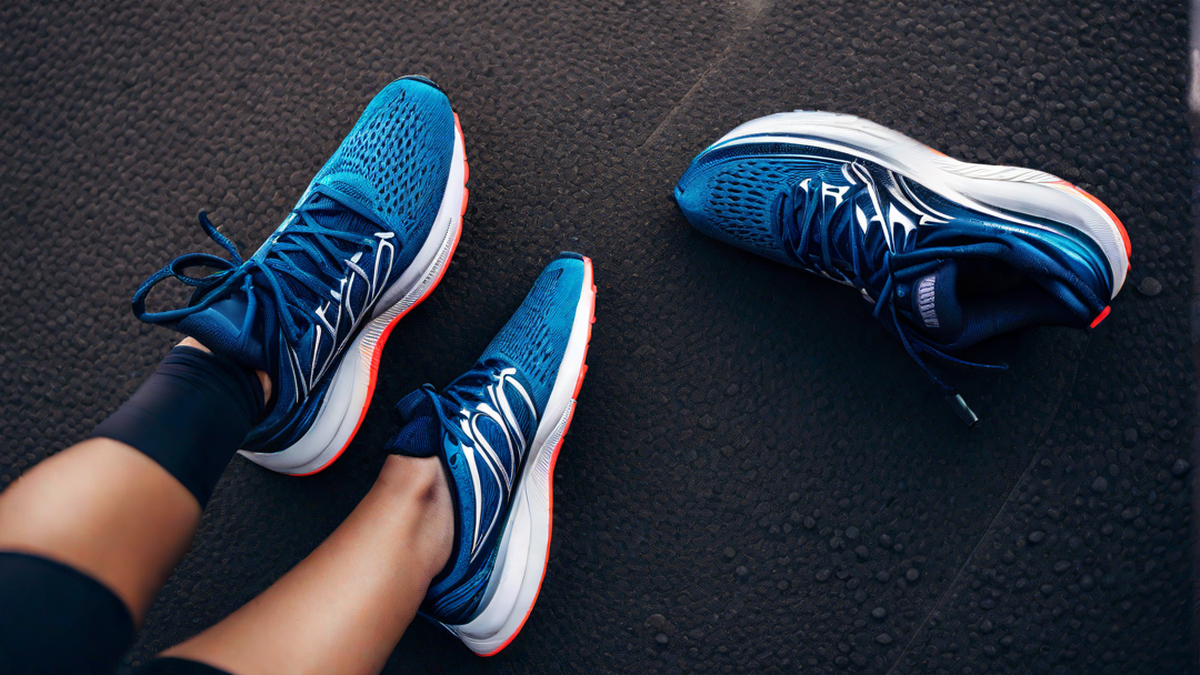When it comes to running, having the right pair of shoes is crucial. Not only do they provide comfort and support, but they also help prevent injuries and improve performance. But with so many different sizes and styles available, it can be overwhelming to determine what size running shoe to buy. In this article, I’ll share my personal experiences and provide some detailed insights to help you make the right choice.
Importance of Proper Shoe Size
Choosing the correct shoe size is essential for a comfortable and injury-free running experience. Wearing shoes that are too small can lead to blisters, black toenails, and even foot pain, while shoes that are too big can cause instability and foot slippage.
One of the first steps in finding the right shoe size is to measure your feet. While it may sound simple, many runners overlook this step. It’s important to note that foot size can change over time, so it’s advisable to measure your feet periodically, especially if you haven’t bought new shoes in a while.
Here is a useful guide that provides step-by-step instructions on how to measure your feet accurately.
Considerations for Choosing the Right Size
When it comes to finding the right size running shoe, there are a few key factors to consider:
- Toe Room: Make sure there is enough space in the toe box to allow for natural foot movement. Your toes should be able to wiggle freely without feeling cramped.
- Heel Fit: The heel of the shoe should fit snugly but not be too tight. You don’t want your heel slipping up and down as you run.
- Arch Support: Consider your foot arch type (high, neutral, or low) and choose a shoe that provides the appropriate support for your needs. This can help prevent overpronation or underpronation.
It’s important to note that shoe sizing can vary between brands, so it’s always a good idea to try on different brands and models to find the best fit for your feet.
Getting a Professional Fitting
If you’re unsure about your shoe size or have specific concerns, getting a professional fitting at a specialty running store can be immensely helpful. Running store staff are knowledgeable about different shoe models and can assess your foot type and running gait, ensuring you get the perfect fit.
During a professional fitting, the staff will measure your feet, watch you walk or run on a treadmill, and provide recommendations based on your specific needs. They can also provide valuable insights on cushioning, stability, and other features that may benefit your running style.
Personal Tips for Finding the Perfect Fit
Over the years, I’ve learned a few tips and tricks that have helped me find the perfect running shoe size:
- Shop in the afternoon: Feet tend to swell throughout the day, so it’s best to shop for running shoes in the afternoon or evening when your feet are at their largest.
- Bring your own socks: When trying on shoes, wear the type of socks you usually wear when running to get a more accurate fit.
- Run in them: If possible, take the shoes for a short test run inside the store. This will give you a better feel for their comfort and suitability.
Conclusion
Finding the right size running shoe is crucial for a comfortable and injury-free running experience. By measuring your feet accurately, considering important factors like toe room and arch support, and seeking professional fitting when needed, you can ensure that you find the perfect fit for your running needs. With the right shoes on your feet, you’ll be ready to hit the road or the trail with confidence!

